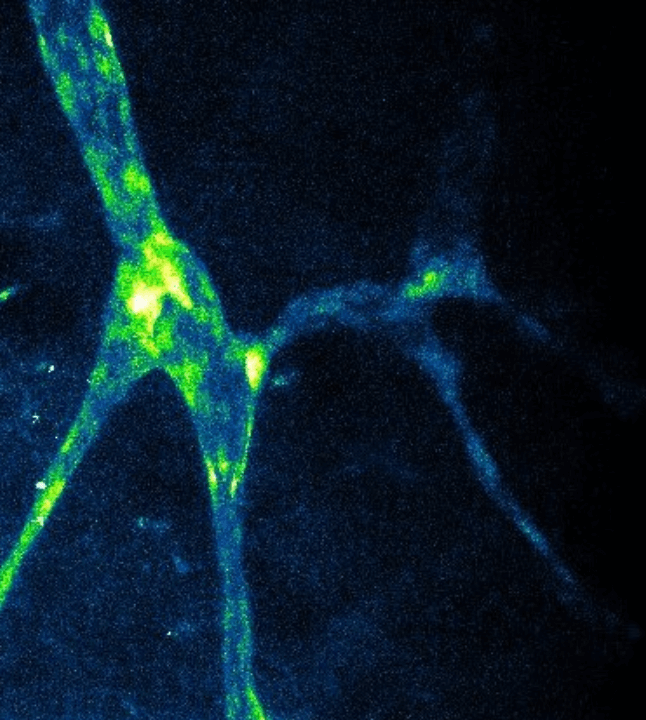Conserved circadian mechanisms of ischemic injury: Interconnections between the brain and body

In 2019, the two top leading causes of mortality in Denmark were ischemic heart disease and stroke. Yet, treatments for these diseases are limited and reliant upon fast intervention. Understanding the pathogenesis of these diseases may help develop new targets for therapeutics. Interestingly, in both the brain and heart the pathogenesis of ischemic injury changes based on time-of-day.
Stroke and ischemic cardiac events are most severe in the late night. This pattern is not limited to the heart, and the brain-ischemic events are also more severe at the end of the night in the liver. We hypothesize that there is an intrinsic, conserved timing mechanism that may govern ischemic injury in the brain and body. In most mammals, daily changes in gene transcription, physiology, and behavior are controlled by the circadian (~24h) molecular clock, a transcription-translation feedback loop present in almost all cells within the body. Preliminary data suggests that ischemic events in both the brain and heart are more likely to occur when the molecular clock protein BMAL1 is low.
There are two driving questions of this master’s project: 1) does ischemic injury and pathogenesis have the same daily profile across all tissue within the body, and 2) how does the molecular clock contribute to ischemic injury? This project will utilize circadian mutant and other transgenic mouse lines, macroscopic and 2-photon imaging of lymphatic and glymphatic function, and immunohistochemistry to address these questions.
The project will take place in the Center for Translational Neuromedicine (CTN) at the University of Copenhagen and the University of Rochester Medical Center. CTN is an international research group of more than 50 people, with collaborations that span the globe, providing exposure to a wide array of scientific question centered around glial cells. CTN features state-of-the-art facilities and equipment, joint weekly journal clubs and focus groups between Copenhagen and Rochester, and integrative training among undergraduates, graduate students, postdocs and faculty. By integrating international teams and training levels, trainees are exposed to all levels of science from benchwork to science writing to project development.
This project is a collaboration between Dr. Lauren Hablitz, an expert in circadian biology and glymphatic function, and Dr. Maiken Nedergaard, an expert in glial biology, stroke, and discoverer of the glymphatic system. As such, this project will involve research done in Rochester, New York, USA. The lab language is English, and international as well as Danish students are welcome.
Please send your application including a short CV and a short letter of motivation to Dr. Hablitz or Dr. Nedergaard.
Lauren Hablitz, PhD
Assistant Professor
Department of Neurology
Center for Translational Neuromedicine
University of Rochester Medical Center
lauren_hablitz@urmc.rochester.edu
https://www.urmc.rochester.edu/labs/hablitz.aspx
Maiken Nedergaard, MD, DMSc
Professor
Center for Translational Neuromedicine
University of Copenhagen
https://ctn.ku.dk/research/nedergaard_laboratory/
